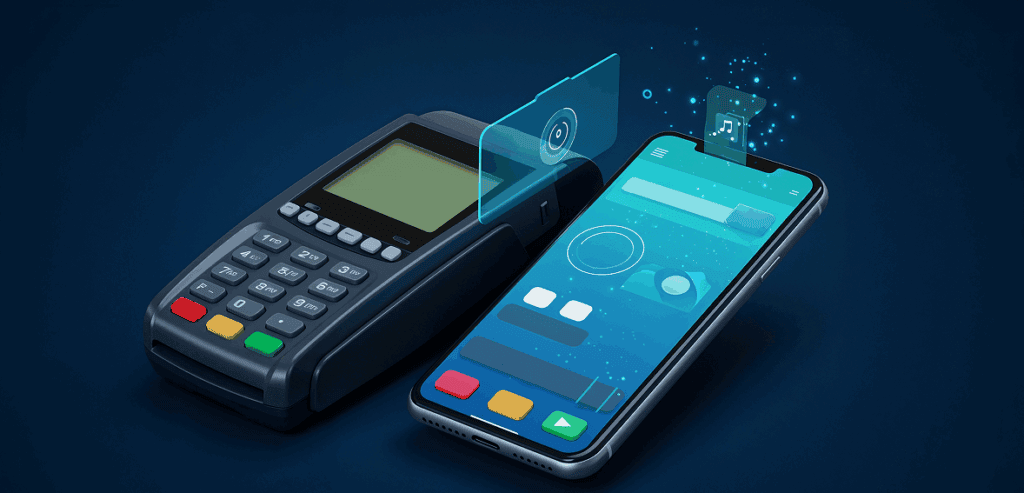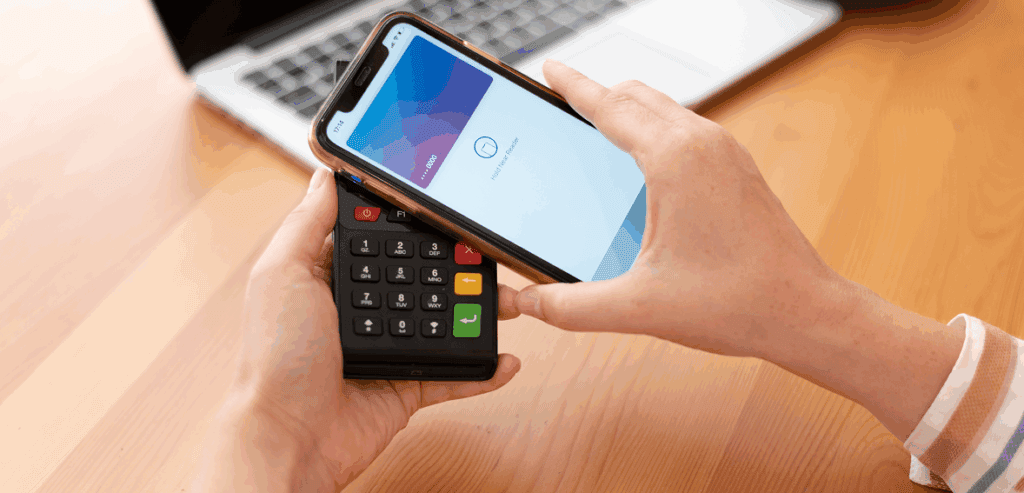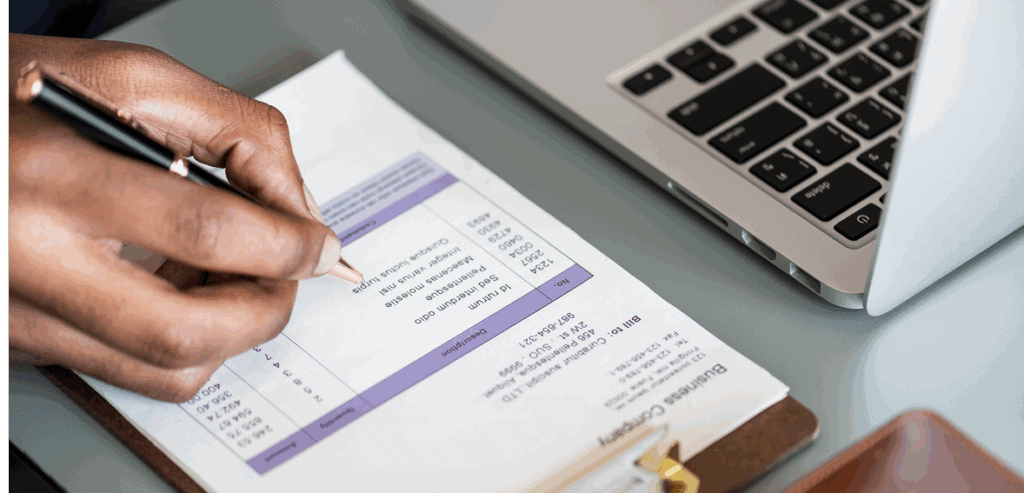
By alphacardprocess October 27, 2025
The majority of us have experienced this: needing quick cash and going to the closest ATM only to leave wondering why our bank balance suddenly dropped more than we anticipated. You’re not the only one who has ever wondered where that extra $3 or $4 went. The specifics of ATM surcharges and ATM transaction fees—two terms that sound alike but have different meanings—usually hold the key to the solution.
Understanding the distinction between them is not only beneficial, but it can also result in long-term cost savings for anyone handling personal finances or operating a cash-handling business. This guide explains everything in simple terms so you won’t ever be perplexed about where those mysterious charges are coming from.
The Fundamentals:Describe ATM Fees and Surcharges

Two kinds of fees may be assessed when you withdraw cash from an ATM: If you use an ATM that isn’t connected to your bank’s network, you might be charged a transaction fee. The cost that the owner of the ATM charges you for using their machine, particularly if you are not one of their customers, is known as the surcharge. You could be hit with both at the same time, which is how a $20 withdrawal could end up costing you more than $26.
An ATM Transaction Fees: What Is It
Consider this to be your bank’s way of saying, “We’ve noticed that you used someone else’s ATM.” You will be billed for that. This is how it works: Suppose you have a Green Valley Credit Union account. You use an ATM run by a national chain, such as Bank of America, while you’re out shopping.
Because you used an ATM outside of Green Valley’s approved network, they might charge you a $2.50 transaction fee. These costs aren’t always immediately apparent. They typically don’t appear on the ATM screen, in contrast to surcharges. Rather, you notice them after the fact when you look at your bank statement.
An ATM Surcharge: What Is It

This one is more literal. The fee the owner of the ATM charges you for using their machine is known as a surcharge. This charge, in contrast to a transaction fee, appears directly on the screen prior to the completion of your withdrawal. Suppose you enter a gas station and the ATM there informs you that there is a $3.00 fee.
Would you like to continue? It’s a surcharge. If you answer “yes,” the money goes to the person who owns or runs the ATM rather than your bank. The most frequent locations for surcharges at ATMs are: Stations for gas Casinos Airports Bars Independent shops The surcharge is the price of the convenience that these machines are frequently installed for.
Bringing Everything Together:
A Practical Example Consider the following situation: You visit a random ATM in a hotel lobby while on the road. According to the machine, using it will cost $3.50, which is your surcharge. You take out forty dollars.
You later receive a $2.50 transaction fee from your bank for using an ATM that is not part of their network. Even though you only touched $40 of that $40, it still cost you $46. The remaining $6 was spent on fees, which included $2.50 for your bank and $3.50 for the ATM operator.
An Overview of Our History:
How Did We Get Here? The majority of ATMs were run by banks and only available to account holders in the early 1990s. Third-party operators appeared as ATMs proliferated in retail settings, providing convenience at a cost; thus, the surcharge.
By the 2000s, banks realized they had a chance to make money when consumers used the ATMs of other banks. Transaction fees were therefore implemented. These days, using an ATM frequently results in two different companies making money off of the same transaction: your bank and the ATM’s owner.
How Can You Get Around These Fees

1. Use ATMs that are in your network Most banks and credit unions have a lot of ATMs. To avoid both transaction fees and surcharges, only use machines that they own or approve.
2. Look for networks that don’t charge extra fees Some banks work with bigger ATM networks like Allpoint, MoneyPass, or CO-OP to give customers free access to thousands of ATMs across the country.
3. Get a bank that will pay back fees Some banks, especially those that are only online, will give you your fees back. They will give you back any ATM fees you pay, up to a certain amount each month. This is very useful for people who travel a lot.
4. Figure out how much cash you need Instead of making small withdrawals several times, think about taking out a larger amount all at once. Fewer transactions mean fewer chances to pay fees.
5. Request a refund A lot of stores give cash back when you make a debit purchase .
Why It Matters for Business Owners
If you own a retail store, coffee shop, or gas station, and you’re thinking about hosting an ATM, there are pros and cons to understand. Yes, surcharges can bring in extra revenue—but too high a fee might discourage use. Alternatively, joining a surcharge-free ATM network could increase foot traffic and customer loyalty.
On the other side, if you run a merchant services business, helping your clients understand these fees gives you a leg up. Ensuring PCI compliance for small businesses is equally vital, as it strengthens transaction security and builds customer trust, especially when handling payments at ATMs or in-store terminals. Explaining clearly where charges come from—and how they can be avoided—is a small but powerful way to build trust.
Are ATM Fees Going Away Anytime Soon?

Probably not. Even though mobile payments and cashless options are on the rise, many people still rely on physical cash for various needs. That means ATMs—and their associated fees—are sticking around for now.
That said, there is pressure on banks and ATM operators to be more transparent and competitive. Consumer-friendly policies like fee reimbursements or surcharge-free networks are becoming more popular, which is good news for customers. To learn more about surcharge and cash discount differences, check out this detailed resource.
Quick Tip Recap:
Be Smart While Saving Prior to verifying an ATM withdrawal, always check for fees.
Join a bank that offers extensive networks without fees.
Whenever possible, use cashback at the register.
One large withdrawal is preferable to three smaller ones, so be strategic.
Teach family members, particularly students and teenagers.
Conclusion
In conclusion Among the minor inconveniences that can infiltrate your finances if you’re not paying attention are ATM fees and surcharges. When you leave your bank’s network, they charge you a transaction fee. When you use an ATM, the owner of the machine charges a surcharge.
These fees can, regrettably, add up. You can keep more of your money in your pocket where it belongs now that you know the difference and how to avoid it. Being aware puts you in control, whether you’re a consumer trying to cut costs or a business figuring out how these fees impact your clientele or foot traffic.